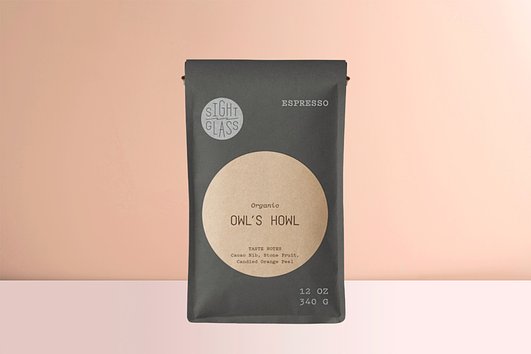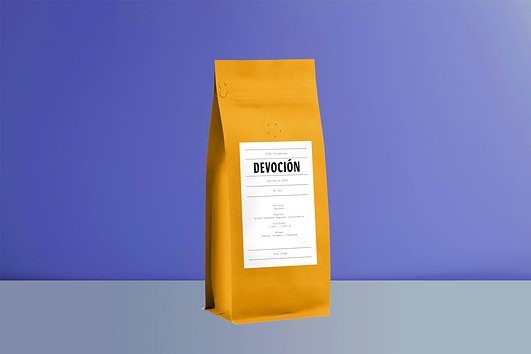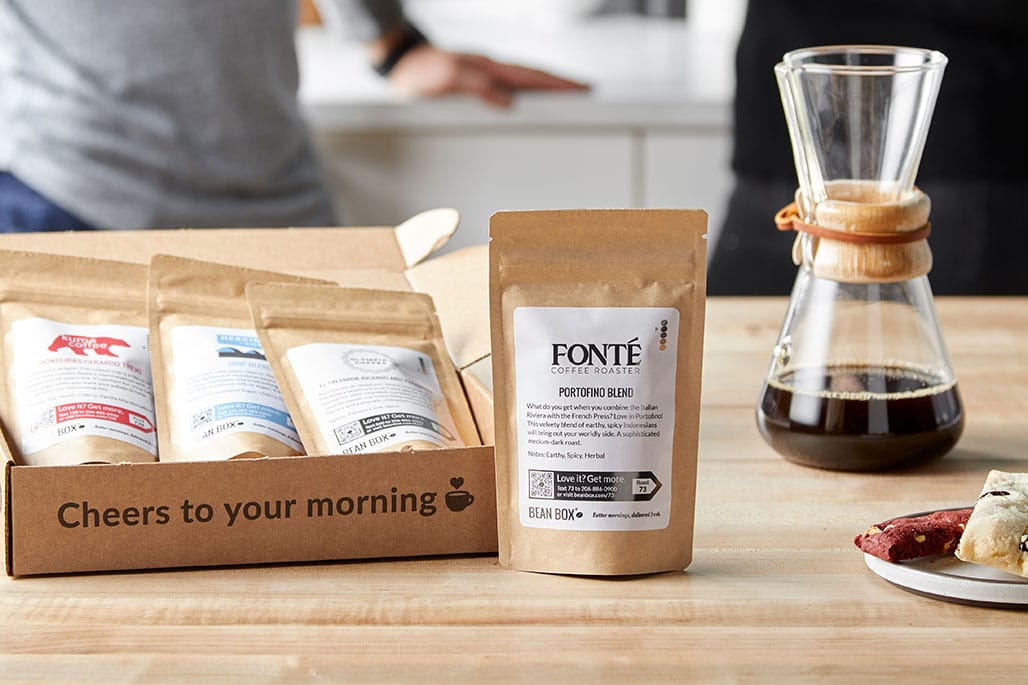How to Make French Press Coffee
![]() Maryna Gray
• November 04, 2021
Maryna Gray
• November 04, 2021
If you like a strong-tasting, full-bodied cup of coffee in the morning, we recommend trying a French press. It’s less time consuming and tedious than you might think, and you certainly don’t have to be French to use one. Learn how to use a French press coffee maker with our step-by-step directions, along with other helpful tips including the best coffee for a French press.
TABLE OF CONTENTS
- What Is a French Press?
- French Press Accessories
- How to Make French Press Coffee
- The Best Coffee for a French Press
- How to Clean a French Press
- French Press Comparisons
What Is a French Press?
The French press is a manual (or non-electric) coffee maker in which ground coffee is filtered and pressed through a mesh wire filter and steeped in water for a short time.
Is French Press Coffee Stronger?
Yes and no. Because the flavor is more intense, you might perceive your coffee to be stronger when brewed in a French press. And sometimes, French press coffee is stronger since the sediment continues to extract in your cup and even in your stomach once it’s been consumed. But ultimately, your grind and coffee-to-water ratio will determine the strength of your coffee.
Is French Press Coffee Bad for You?
Even the smallest bit of sediment will find its way through your French press and for some, this can lead to an upset stomach. You can avoid this by using a coarse grind. (But remember, a little sediment in your coffee is a good thing!)
French Press Accessories

In addition to the French press itself, you’ll need a few pieces of coffee gear to brew:
- Fresh Coffee: Get your coffee from Bean Box, of course! Grind coffee beans to a kosher salt consistency.
- Coffee Scale: Weigh your coffee with a coffee scale for the most accurate results.
- Gooseneck Kettle: Gooseneck kettles provide the most precision when pouring off-boil water; these are our favorite electric gooseneck kettles.
How to Make French Press Coffee
Follow these step-by-step instructions for making French press coffee.
1. Heat Your Water
Set your kettle to boil, or, if you’re using a temperature-controlled kettle, to 205°F.
2. Determine Your Coffee-to-Water Ratio
Use this ratio and scale it appropriately for the amount of ounces: 1 gram of coffee to 16 grams of water, or 2 tablespoons coffee to 6 ounces water. The following recipe is for a 34-ounce French press.
3. Tare Your Scale

Add 50g (or 10 tablespoons) freshly ground coffee into the filter. Give it a gentle shake to level out the grounds. Tare your scale again. Your ground coffee should be coarsely ground and resemble the consistency of kosher salt. Fun Fact: All you need is one 1.8-ounce Bean Box coffee tasting bag for a 32-ounce French press.
4. Let the Water Cool
If using boiling water, allow the kettle to sit off the stove for 30 seconds to cool.
5. Start the Brew

There will be two pours in total. This is the first. Start your timer and pour 100g of your heated water onto the grounds. This first pour, called the “bloom,” should be about double the weight of your coffee. The goal here is to saturate all of the grounds. Give the press a little swirl and let the coffee bloom for 30 seconds. Enjoy the aroma!
6. Pour Again

Pour your next round of water to 1-inch away from the top of the French press, which will be another 700g (or 24 ounces).
7. Let It Sit
Give the French press a little swirl and gently place the lid on top to keep the heat in. Resist the urge to push the plunger just yet! Let sit for four minutes.
8. Push the Plunger
 "
"
Slowly push it down.
9. Serve

Your coffee is ready—enjoy!
The Best Coffee for a French Press
Coffees with a heavier body and medium-to-dark roast profile work best since the French press tends to bring out the richness of these roasts. But any coffee you enjoy—light, medium or dark roast—works well, as long as you use fresh coffee beans and grind just before brewing.
How to Clean a French Press
It’s best to hand-wash your French press with warm water and non-scented soap. You can use the plunger as a cleaning assist, pumping it up and down to thoroughly clean the glass carafe and remove residual coffee oils. Next, remove the wire mesh filters from the plunger and clean each piece separately.
French Press Comparisons
French Press vs. Pour Over
There are several differences between the French press and a pour over brew method such as the Chemex:
- The French press uses a mesh wire filter, while the pour over methods require a paper filter.
- The French press yields a thick, full-bodied cup of coffee, often with sediment, while a pour over brew method such as the Chemex makes a clean, bright-tasting cup without any sediment at all.
- The French press comes in plastic, stainless steel and glass variations, while any version of the Chemex is always made of glass. If you’re looking for a pour over method that comes in more variations, try the Hario V60.
- You can travel with a French press, but it’s not so easy to pack up a Chemex because of its fragile nature.
French Press vs. Drip
Many people who start with a drip coffee machine move on to a French press when they’re ready to try new coffee gear. Here’s how the two compare:
- The French press requires attentiveness, while you can easily “set it and forget it” with a drip coffee maker.
- You can travel with a French press, but it’s a bit more difficult to bring a drip coffee machine on your beach vacation!
- There are more choices (in both brand and variety) in drip coffee makers than there are with a French press.
- Drip coffee may vary in taste depending on grind size and coffee, while the French press yields a full-bodied cup.
- The French press requires a mesh wire filter, while you’ll need to use a paper filter with the drip coffee maker.
We want to help you make better coffee at home. Our recommendations are our own, and never sponsored. If you see something you love and buy it through our links, we may receive an affiliate commission (thanks for that!).





